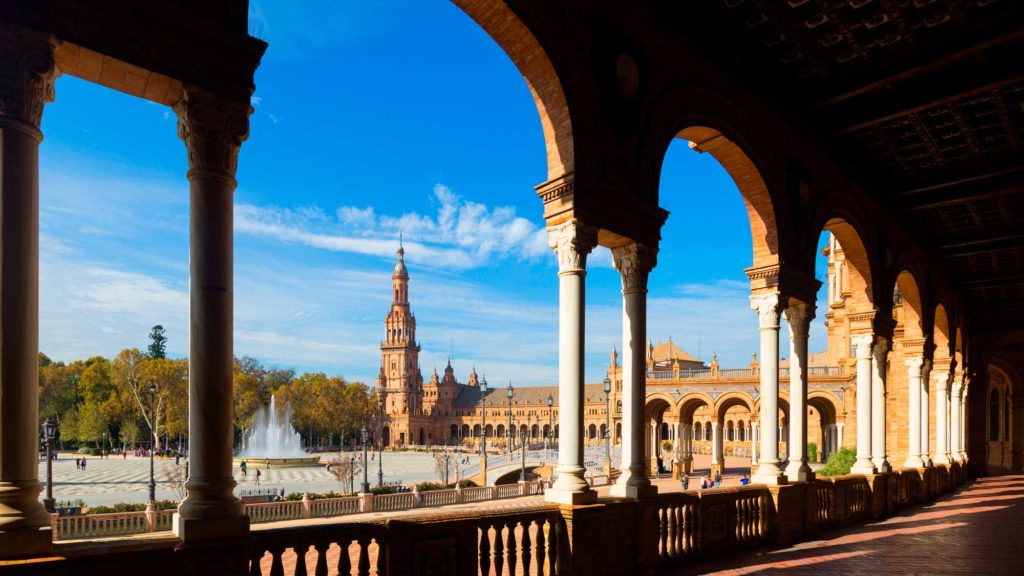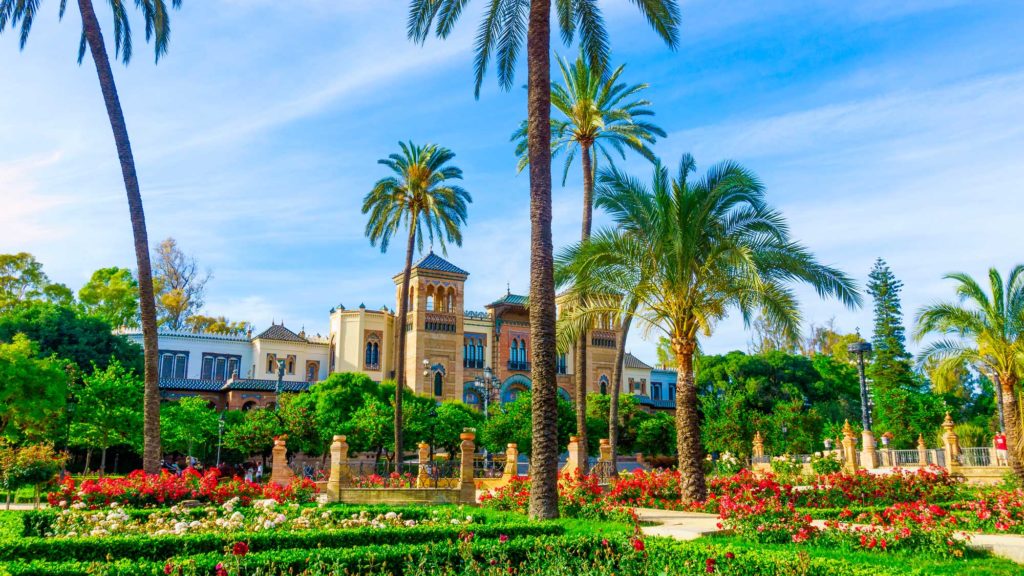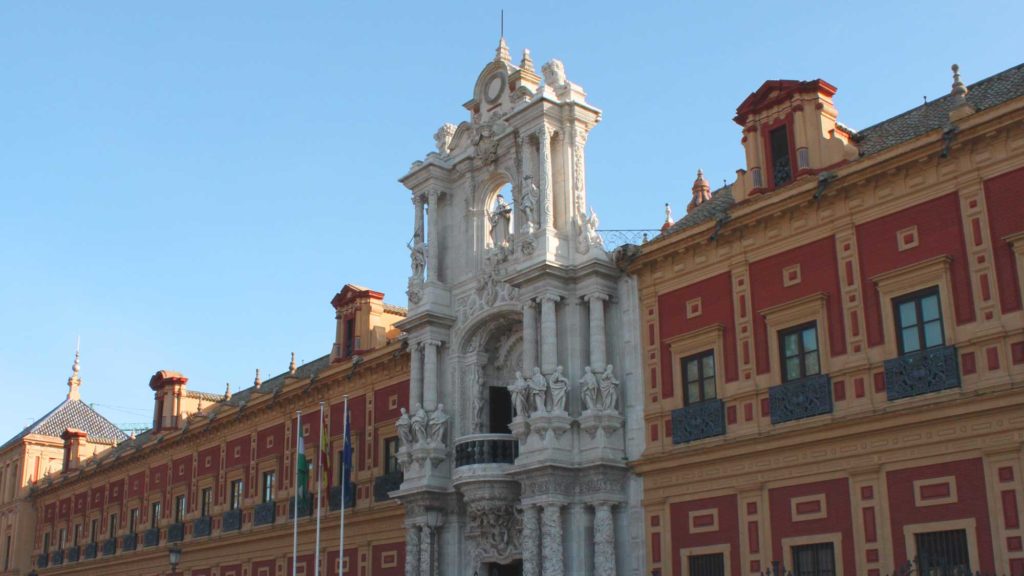The Casa de Pilatos
The Casa de Pilatos (15th to 16th centuries), shows the lineage of the Enriquez and Ribera families, it’s the tourist icon of this area of the city. Seville is a city whose rich heritage comes from the mix of different cultures. The Casa de Pilatos shows the filter of its different styles: Gothic-Mudejar, Renaissance and Romantic. Between the Sevillian palace house and the Italian ‘palazzo’, the curious name Casa de Pilatos refers to the Passion of Christ.
Within its walls was celebrated the Via Crucis of Lent, until popular devotion made it one of the fourteen stations en route to the Cruz del Campo. All along the modern street Calle Luis Montoto, you can see the tiled signs that marks the pious act of the Via Crucis.
Along this road you can still see the remains of the old pipes from Carmona, which provided the city with water for many centuries.





